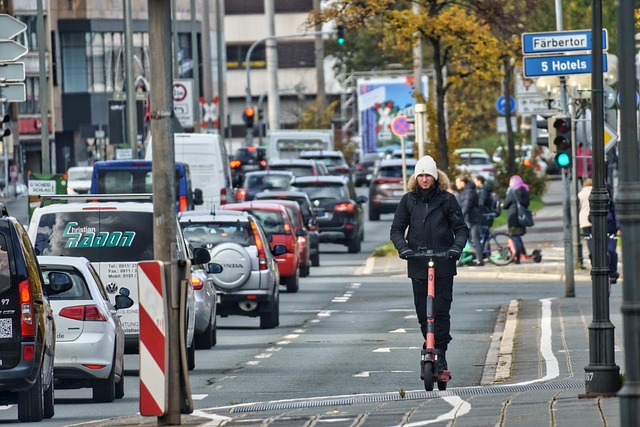Pedaling Towards Sustainability: The Role of Bicycle Sharing in Rural Mobility
The world is increasingly recognizing the importance of sustainable transport solutions, especially in the context of rural development. One innovative approach gaining traction is bicycle sharing. This simple yet effective mode of transport represents a shift in how we think about mobility, particularly for those living in rural areas.
Bicycle sharing is not just about providing access to bikes; it’s about creating a sense of community and encouraging a healthier lifestyle. In remote areas, where public transport often falls short, bicycle sharing can fill significant gaps. By offering residents and visitors affordable, accessible transport, we can reduce reliance on fossil fuel-powered vehicles, contributing to a reduction in carbon emissions.
The environmental benefits of bicycle sharing are substantial. Each bike used instead of a car can significantly decrease air pollution and traffic congestion, enabling a smoother, quieter rural landscape. Furthermore, promoting cycling helps instill a culture of sustainability, encouraging individuals to be more proactive about their transportation choices. Communities that embrace bicycle sharing often witness a transformation in public health as well; more people cycling leads to increased physical activity, which can combat obesity and related diseases that are prevalent in many rural areas.
Moreover, bicycle sharing programs are an excellent catalyst for rural development. By enhancing mobility, they can increase access to jobs, education, and essential services, ultimately fostering economic growth. For example, farmers can more easily transport their goods to markets, or students can travel to schools and universities without the need for costly vehicles. This increased accessibility can help bolster local economies while creating a sense of independence among residents.
Implementing a bicycle sharing system in rural areas also has the potential to bridge gaps between urban and rural populations. Rural communities can attract tourists looking for unique experiences, and bicycle tours will allow visitors to explore the picturesque landscapes and local culture at a leisurely pace. The resulting economic inflow can promote sustainable practices and infrastructure improvements, ultimately benefiting everyone in the area.
To maximize the impact of bicycle sharing, it’s essential to involve local stakeholders in the planning and decision-making processes. Community input ensures that the program reflects the needs and preferences of the residents, making it more likely to succeed. Collaboration with local governments, businesses, and non-profits can lead to innovative solutions tailored to those specific rural needs.
It’s also critical to consider the necessary infrastructure, such as bike lanes and secure parking facilities, to ensure a safe and enjoyable cycling experience. Investments in infrastructure not only support bicycle sharing but also promote overall safety and accessibility for all road users, including pedestrians and motorists.
As we embrace bicycle sharing in the quest for sustainable transport solutions, we must remember that change won’t happen overnight. However, as awareness grows and initiatives take root, the potential for a more connected, environmentally friendly rural future becomes increasingly tangible. By incorporating bicycle sharing into our mobility strategies, we take meaningful steps towards thriving rural communities and a more sustainable world.



